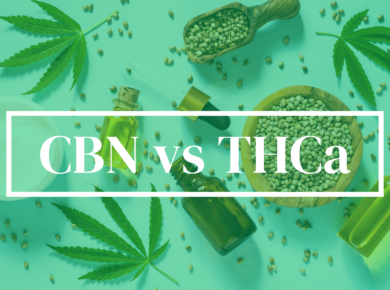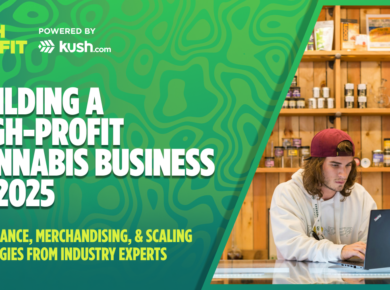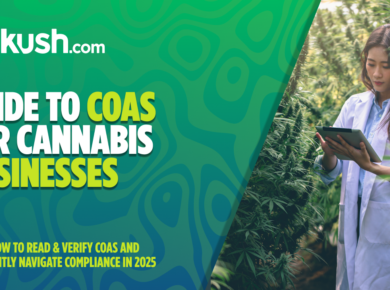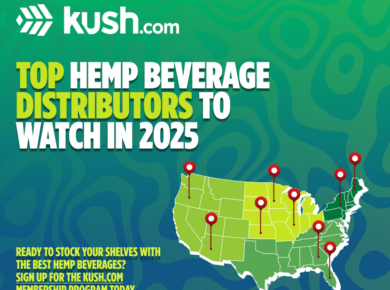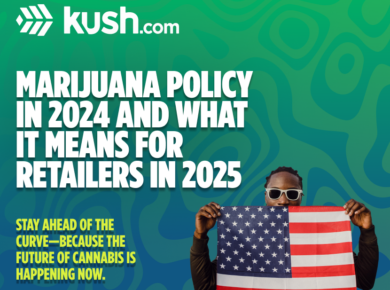 Hemp is the next commodity for the US agriculture market. The CBD market is exploding due to new consumer products, from topicals to coffee, hitting the market on a daily basis. After hundreds of conversations at trade shows such as NOCO, CBD World Expo, NCIA shows and Cannacon, my understanding is that the consumer facing market is consistent and growing, and that the largest margins for CBD exist in sales to the end consumer.
Hemp is the next commodity for the US agriculture market. The CBD market is exploding due to new consumer products, from topicals to coffee, hitting the market on a daily basis. After hundreds of conversations at trade shows such as NOCO, CBD World Expo, NCIA shows and Cannacon, my understanding is that the consumer facing market is consistent and growing, and that the largest margins for CBD exist in sales to the end consumer.
Checkout 2020 Wholesale Prices Here >>
What is happening under the hood of the hemp industry that is driving margins for these products? The foundation of this market is clearly the hemp farmers and processors who are creating the CBD used as an additive. The question we explore below is, what is the commodities engine that runs our industry, and how does the industry determine pricing?
How CBD price is calculated?
There are two methods by which CBD extracts (crude, distillate and isolate) are priced. The first method is to price a kilo of material by market demand. This is a tricky because of the inconsistencies in the market between processing costs and scale, and processors who are located in different geographic regions. The second method is to price material based upon a cost per mg CBD, which we then extrapolate into a per kilo price based upon potency. We are seeing a strong indicators that the market is moving towards a cost per mg of CBD.
Pricing Analysis
We analyze the data from our marketplace platform to learn how CBD products are priced, and what deals are closing in CBD extracts. What I learned is that the average price per mg of CBD is moving in unexpected ways. The following data is based upon a spot prices for a single kilo purchase of material.
- CBD crude material is being priced between $.0039 – $.0045 / mg CBD
- CBD distillate material is being priced between $.0065 – $.0086 / mg CBD
- CBD isolate material is being priced between $.00725 – $.00925 / mg CBD
What I find interesting is the crossover between the pricing of CBD isolate and distillate. This reminds me of the early days of the stock market where there were numerous opportunities for arbitrage – but as this market commoditizes, CBD distillate will never be more expensive than its counterpart in isolate. This pricing anomaly is a result of volatility and fragmentation in the market. To understand the formula for pricing, we need to better understand the underlying factors that drive pricing.
- The raw cost of the biomass used to create the CBD extract
- The cost of processing
- The losses of CBD in each processing stage
We also need to take into consideration the potency of CBD crude and CBD distillate. This is because a lower potency material requires more turns of your processing equipment to yield the same amount of CBD as a higher quality material. We also have to consider the size of the buying contract due to volume discounts.
Why do we need CBD basis points?

A CBD basis price, the cost per mg of CBD, is the foundation by which all hemp material and extracts are priced. This is similar how lending and credit cards determine their rates, a basis point scale which moves with the financial markets + fees and service costs. This formula enables the market as a whole to easily understand pricing through fluctuations in supply and demand. We are well on to this pricing because biomass is priced by $ / % CBD / LB, and carries all the way through to the finished CBD isolate, where kilo pricing is based on a 1,000,000 mg cbd content.
Clients regularly ask, how should I price my material? What is the fair market price? We have an answer coming down the pipeline – a calculator based on market rates, stay tuned.
Sincerely,
Michael Gordon
CEO
Register for Hemp Industry newsletters
If you’re looking for a reputable vendor of CBD Isolate, you should check out the listing below!

